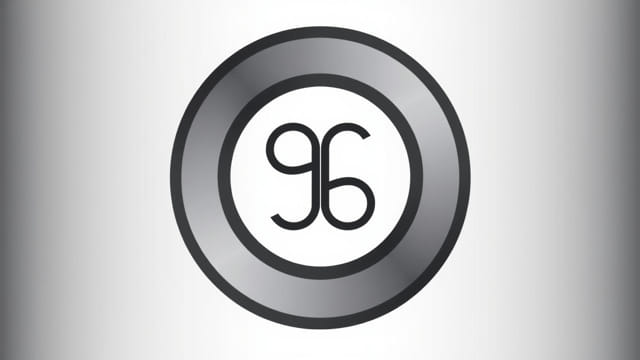What Is The Meaning Of Splice
The word ‘splice’ is often used in both everyday language and technical fields, but its full meaning can vary depending on the context. At its core, splice refers to the act of joining two things together, particularly at their ends, to form a single unified piece. This joining can occur with ropes, wires, film strips, genes, or even digital files. Understanding the meaning of splice helps in fields like construction, biology, and media editing, making it a valuable concept in both technical and casual usage.
Definition and Basic Meaning of Splice
Splice comes from the Dutch word ‘splissen,’ which originally referred to joining the ends of rope by interweaving their strands. In modern English, the term has expanded beyond nautical use and can refer to combining or linking any two items seamlessly. The essence of splicing is connection bringing separate elements together in a way that they function as one.
Common Definitions of Splice
- To join the ends of two ropes or wires by intertwining strands or fibers.
- To unite or merge parts, such as film, audio, or video segments, into one.
- In genetics, to connect sections of DNA or RNA during cellular processes.
- To marry or wed informally (used historically or humorously).
Each of these definitions has its own specialized usage but shares the central idea of merging or connecting.
Splice in Technical Contexts
Splice holds a particularly significant role in technical and scientific environments. Its meaning becomes more detailed when applied in specific domains such as telecommunications, biology, and media production.
Splicing in Rope Work
In sailing and climbing, rope splicing is a technique where fibers are woven together instead of tied. This results in a stronger, more reliable connection than a simple knot. There are different types of rope splices:
- Eye splice: Forms a loop at the end of a rope.
- Short splice: Joins two ropes end-to-end for strength.
- Long splice: Used when a smooth, less bulky join is needed, especially when the rope must pass through pulleys.
These methods require skill and are essential in maritime industries and rescue operations.
Splicing in Film and Media
In media production, especially in the past when analog film was common, splicing referred to cutting and joining pieces of film tape. Today, the term still applies to digital editing where segments of audio or video are seamlessly combined. For example:
- Joining different video clips in a movie scene.
- Editing audio tracks by merging vocal and instrumental parts.
- Creating a mashup by splicing multiple media sources into one file.
Splicing ensures continuity and coherence in the final product, making it essential in storytelling through media.
Splicing in Genetics
Perhaps the most complex use of the term splice is in the field of genetics. Here, splicing refers to the editing of pre-mRNA (precursor messenger RNA) in cells. During gene expression, specific sequences called introns are removed, and exons are joined together. This process is known as RNA splicing. It’s critical for forming correct proteins and is regulated by the spliceosome, a cellular machine responsible for precise cutting and joining.
Genetic splicing also includes gene splicing in biotechnology, where DNA is artificially cut and recombined to modify an organism’s traits. For instance, scientists can splice a gene from a jellyfish into a mouse to make it glow in the dark. This ability to manipulate genetic material has opened doors to medicine, agriculture, and evolutionary biology.
Splice in Figurative and Informal Usage
Although splice is largely used in technical contexts, it also appears in casual or figurative language. You might hear someone say they’re splicing together parts of a project or conversation. In this sense, it means blending or uniting different elements into one coherent whole. Historically, ‘splice the knot’ was a slang term for getting married symbolizing the joining of two lives.
In modern usage, the phrase splice in might be used in business or IT to describe integrating new components into existing systems. For example:
- We spliced in new software to the legacy framework.
- She spliced elements from different styles into her design.
This metaphorical use maintains the core meaning of connection and blending.
Examples of Splice in Sentences
To better understand how splice is used in real contexts, here are several sentence examples:
- The electrician spliced the wires to repair the circuit.
- After editing, they spliced the two video clips to create a single scene.
- RNA splicing is a vital step in the production of proteins.
- The artist spliced multiple genres into her latest music track.
These examples show the flexibility of the term across various disciplines.
Why Understanding ‘Splice’ Matters
Knowing the meaning of splice is important because it appears in a wide range of professional and everyday situations. Whether you’re editing a video, working with electrical systems, or learning about biology, the concept of joining or connecting plays a vital role. It also symbolizes integration and coherence, making it useful in metaphorical language.
Additionally, the term is often found in instructions, manuals, academic texts, and creative writing. Understanding its correct usage allows clearer communication and helps avoid confusion, especially in specialized fields where accuracy is essential.
In essence, the word splice means to join, merge, or interconnect elements, whether physically, digitally, or conceptually. Its origin in rope work has given rise to multiple modern applications, including media editing, biology, and technology. Understanding the meaning of splice enriches our vocabulary and enables us to navigate both technical tasks and creative projects with clarity. As language evolves, splice remains a powerful word that represents unity, continuity, and transformation.
